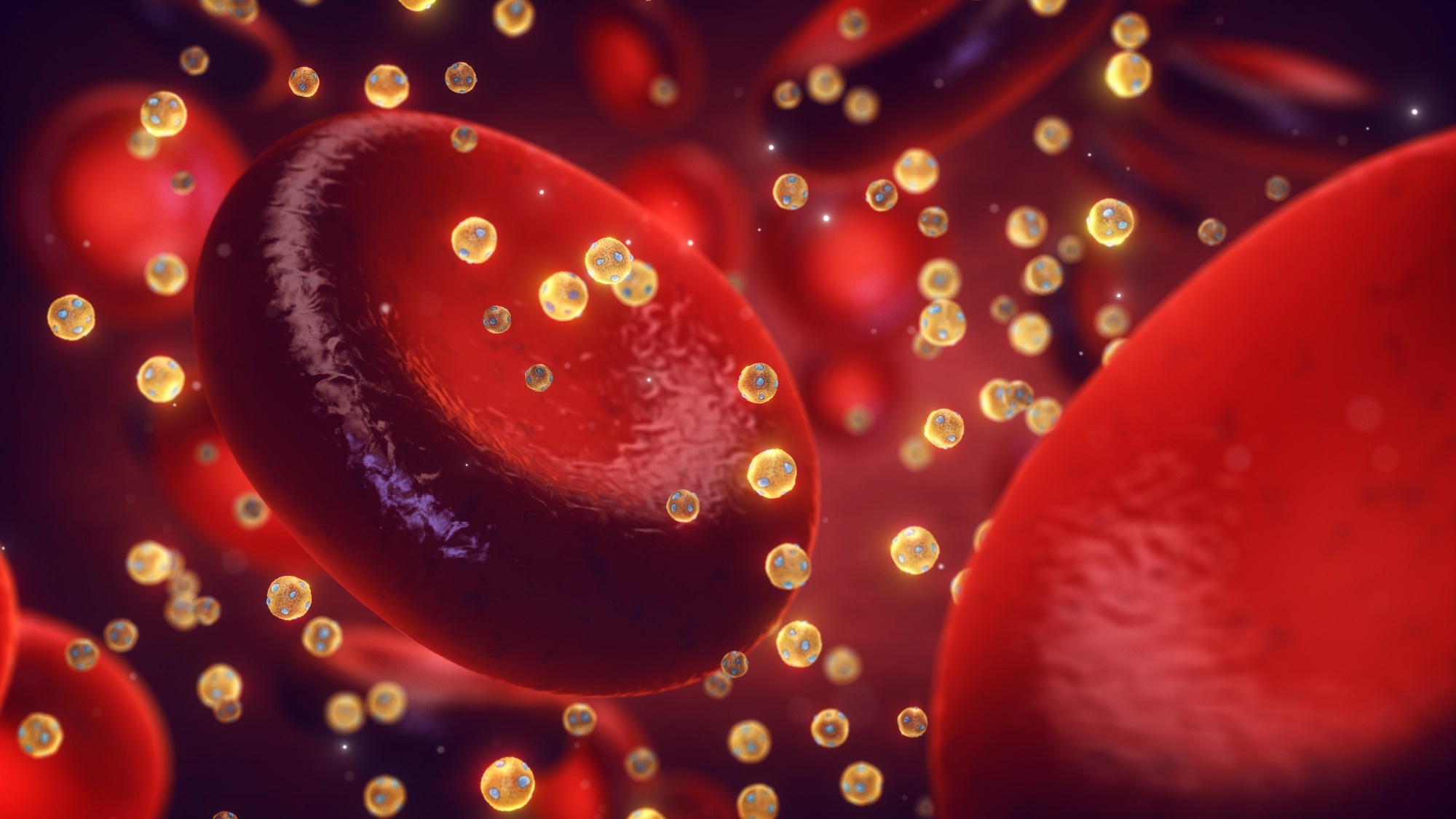In a recent study published in the American Journal of Cardiology, researchers performed a prospective cohort study in the general population enrolled in the United Kingdom (UK) Biobank to understand the gender-based genetic basis of cardiovascular diseases (CVDs) arising due to very high levels of high-density lipoprotein cholesterol (HDL-C), i.e., >100 mg/100 ml.
 Study: Very High High-Density Lipoprotein Cholesterol Levels and Cardiovascular Mortality. Image Credit: nobeastsofierce / Shutterstock
Study: Very High High-Density Lipoprotein Cholesterol Levels and Cardiovascular Mortality. Image Credit: nobeastsofierce / Shutterstock
Background
In clinical practice, HDL-C is considered good cholesterol; however, some recent studies have suggested that gene alleles associated with higher HDL-C levels are disproportionately associated with protection from CVDs. Women have higher HDL-C levels than men, raising the need for exploring varying CVD risk patterns by gender. Notably, women inherently have physiologic modulators of lipid metabolism.
About the study
According to the authors, the present study is one of the first to investigate the genomic basis for the elevated HDL-C levels stratified by gender.
The study population comprised UK Biobank enrollees aged between 37 and 73 years who did not have coronary artery disease (CAD), assessed via pre-specified criteria. The UK Biobank recruited these participants between 2006 and 2010; moreover, they used a standard questionnaire to gather their sociodemographic data, health status, pre-diagnosed diseases, family history, and lifestyle habits, including alcohol consumption frequency and smoking history, and subsequently, linking this data to Hospital Episode Statistics (HES) data.
Further, UK Biobank maintained a record of each participant's weight, body mass index (BMI), height, and blood pressure (BP). The average follow-up lasted for nine years; however, follow-up also ended in case of cardiovascular death, all-cause death, or loss of follow-up.
The researchers explored six categories of HDL-C levels, less than 30 mg/100 ml, more than 30 mg/100 ml but less than 40 mg/100 ml, greater than 40 but less than equal to 60 mg/100 ml (reference category), greater than 60 mg/100 ml but less than equal to 80 mg/100 ml, >80 mg/100 ml, and >100 mg/100 ml.
In addition, they used Cox proportional hazards models to compute hazard ratios (HR) and 95% confidence intervals (CI) for all-cause mortality across all five HDL-C categories considering the sixth category as a reference.
The team performed the Analysis of Variance for normally distributed and the Kruskal-Wallis test for non-normally distributed continuous variables, and the chi-square test for categoric variables reported as mean § standard deviation (SD) and frequency, respectively. Furthermore, they used interaction analyses to identify the gender-based variations (men/women. overall) between high HDL-C and cardiovascular outcomes.
Finally, the team created a weighted genetic risk score (GRS) based on the 142 single nucleotide polymorphisms (SNPs) associated with HDL-C in a large-scale genome-wide association study. The variants included in the GRS ranged from common-to-rare (minor allele frequency <5%) variants with small to modest and large effect sizes, respectively. The team presented coefficients of the association between these SNPs and HDL-C to provide the genetic basis of the findings of this study.
Results
Two percent of the whole male population in the UK Biobank had >80 mg per 100 ml HDL-C concentrations (very high), and, consequently, they were nearly at two-fold higher adjusted risk of cardiovascular and all-cause mortality compared to those with normal HDL-C levels of more than 40 and less than equal to 60 mg per 100 ml (normal). Likewise, women with very high HDL-C levels constituting 11% of all women enrolled in the UK Biobank, had no mortality benefit compared to those with normal HDL-C levels after accounting for confounders.
Thus, high (>60mg/100 ml) HDL-C levels are nonprotective in men and women and not deemed a reliable marker of atheroprotection per current clinical practices. However, very high (>80 mg/100 ml) HDL-C levels are markers of high risk in men alone. These findings partially elucidate the lack of usefulness of all pharmaceutical interventions targeted at increasing HDL-C levels.
Based on patient profiles, the authors noted that patients encompassed within the high HDL-C category were more often women with lower BMI and triglyceride levels who were nondiabetic and did not suffer from hypertension. Though alcohol consumption raises HDL-C levels, this study covariate did not weaken the effect of high HDL-C levels. Similarly, genetic covariates, such as HDL-associated SNPs, did not alter the study findings. However, conflicting with prior findings, the HDL-C GRS integrating rare and common genetic variants did not weaken the results linked to high HDL-C levels.
Additionally, the authors noted that the patients with high HDL-C levels had a compromised HDL-C particle, which altered its structure and functionality. Intriguingly, HDL-C particle, due to its pro- and anti-inflammatory properties, influenced the immune system; thus, its high levels might be manifesting as higher systemic inflammation. However, the authors noted that C-reactive protein levels were much reduced in patients falling under the highest HDL-C population subset, likely due to a much lesser frequency of proinflammatory CVD risk factors.
Conclusions
To conclude, interventions targeted at reducing the risk associated with very high HDL-C levels in men warrant further study because they appeared to pose a nonlinear risk. Importantly, it should be an important consideration when using HDL-C measurements in routine to estimate CVD risk in the general population.